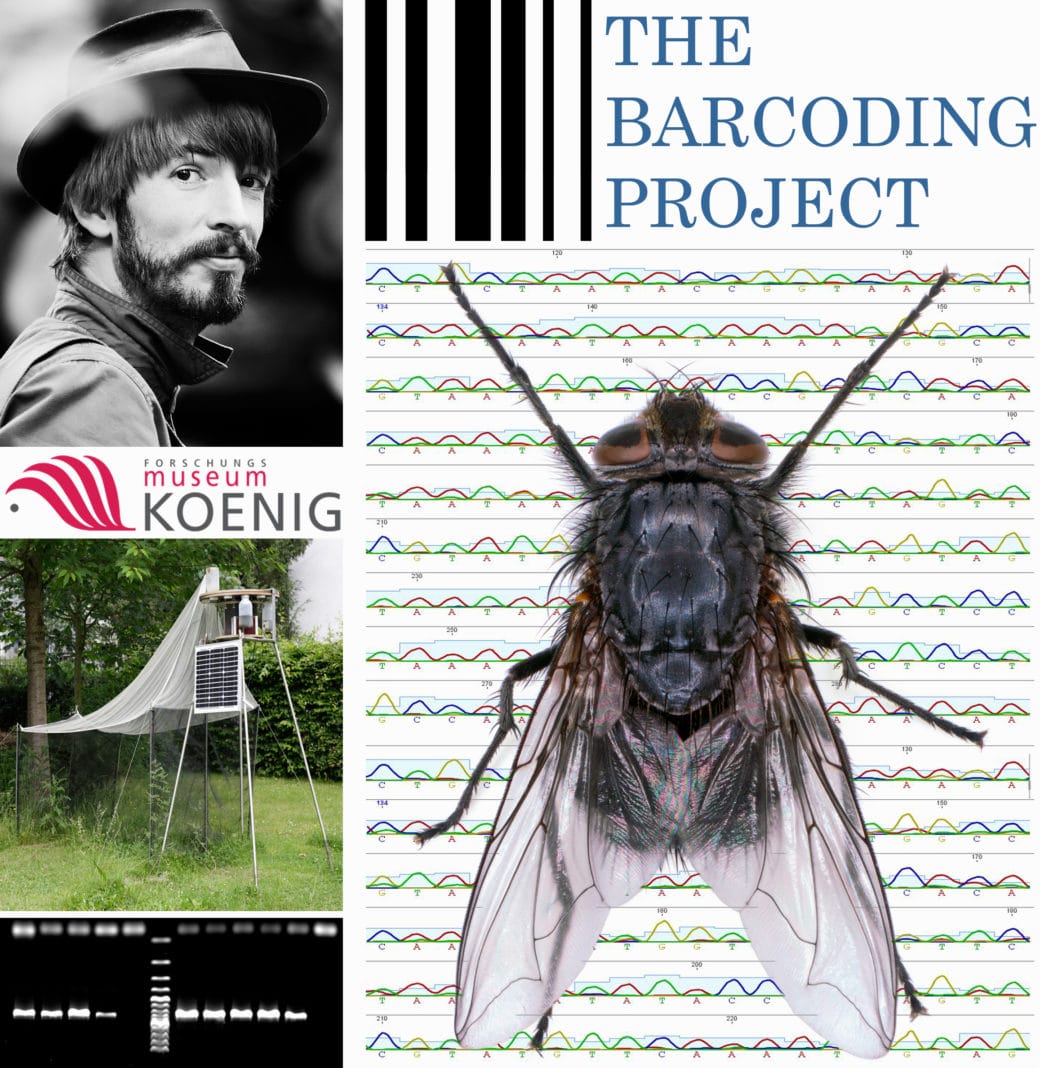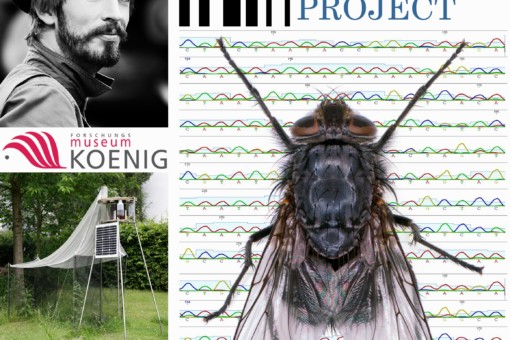Development of mass sequencing workflows

The amount of different insect species is overwhelming and can only be guessed. Even if we reduce the investigated area and only look upon species that are present in Germany the diversity seems infinite. The time and number of experts needed to identify all these different species exceeds all reasonable numbers and can easily be called uneconomical. This identification process needs to be accelerated.Right now we can only look at restricted sets of species due to time and cost limitations. As we are missing a lot of information by this we need to capture a broad range of biodiversity, the ability to deal with known and unknown species and improve the cost efficiency by parallel processing of multiple samples. This will improve biomonitoring drastically.To achieve this improvement the identification process will focus on species specific genetic information.
The goals of the DNA Barcoding Project are:
- shorten the time for species identification
- improve the cost efficiency
- deal with high species numbers of known and unknown species
- independence of the species live stages










